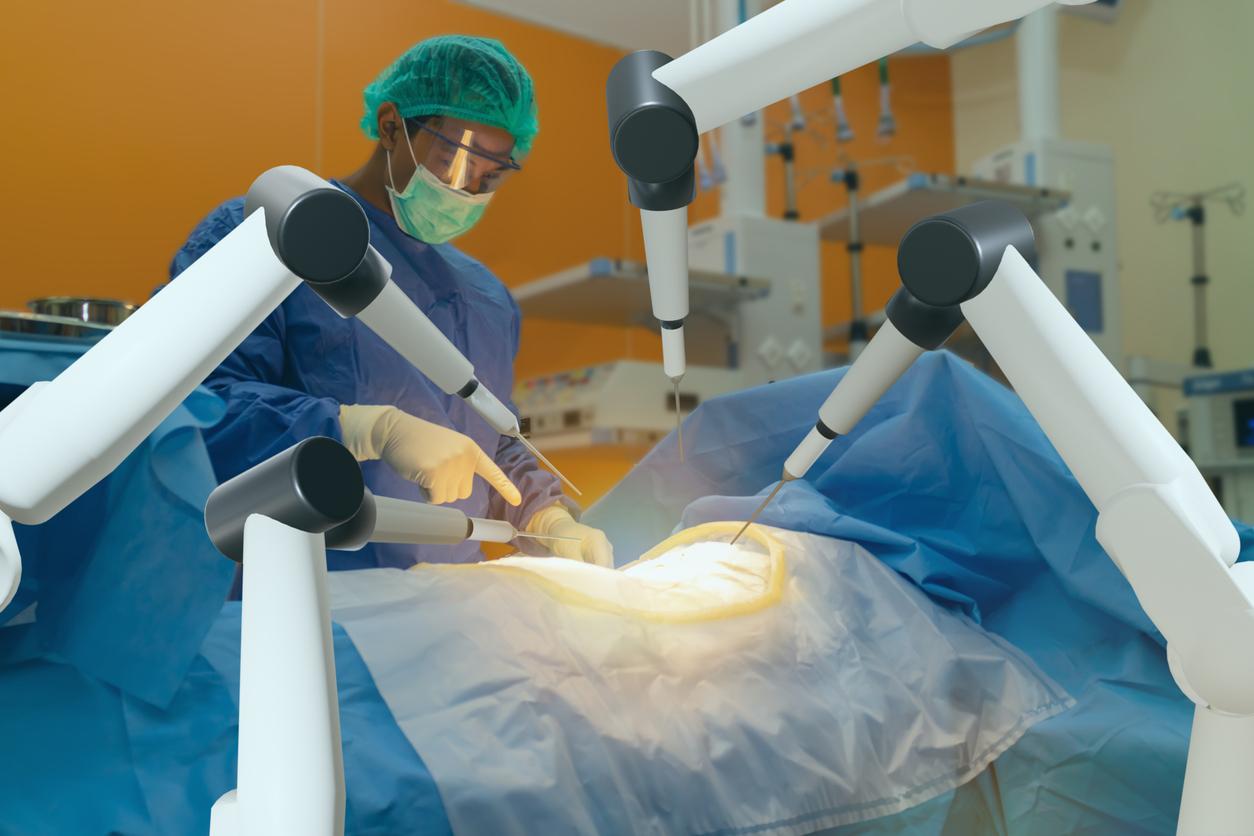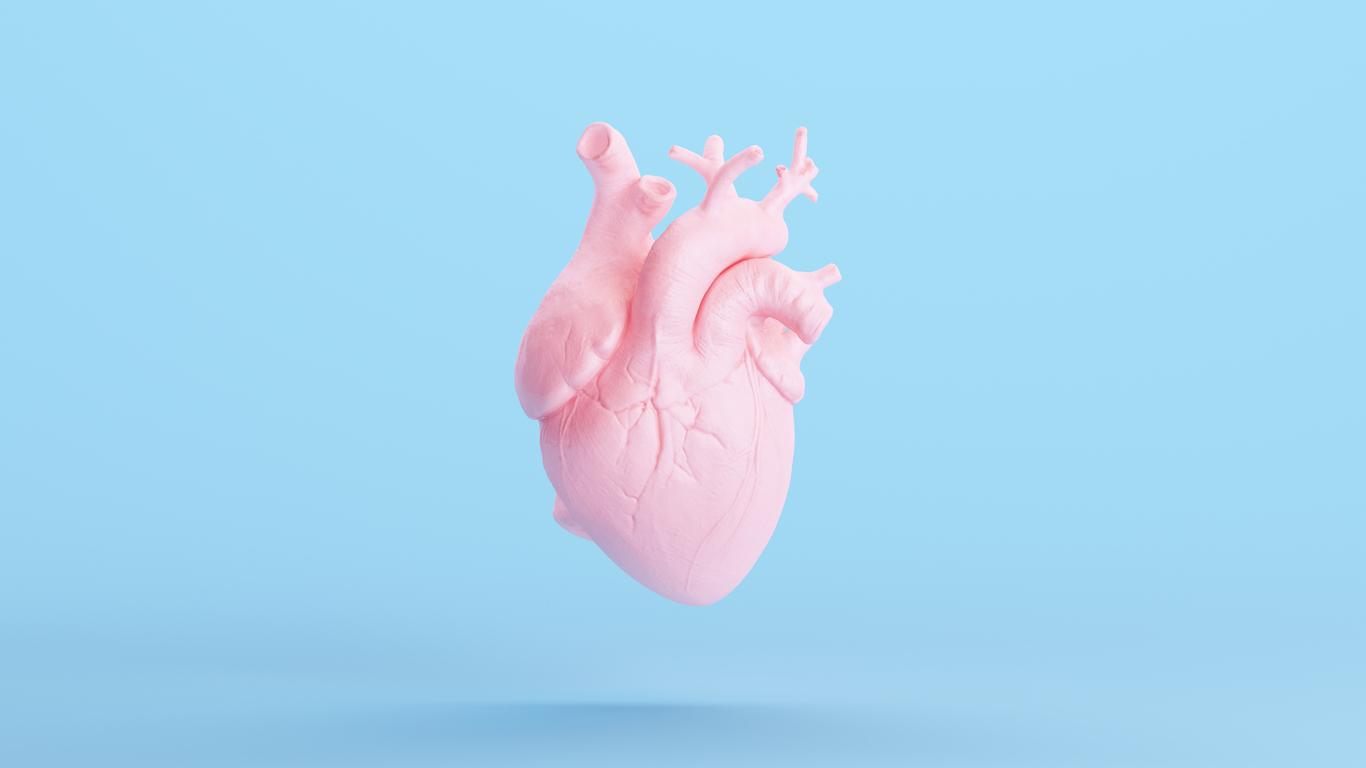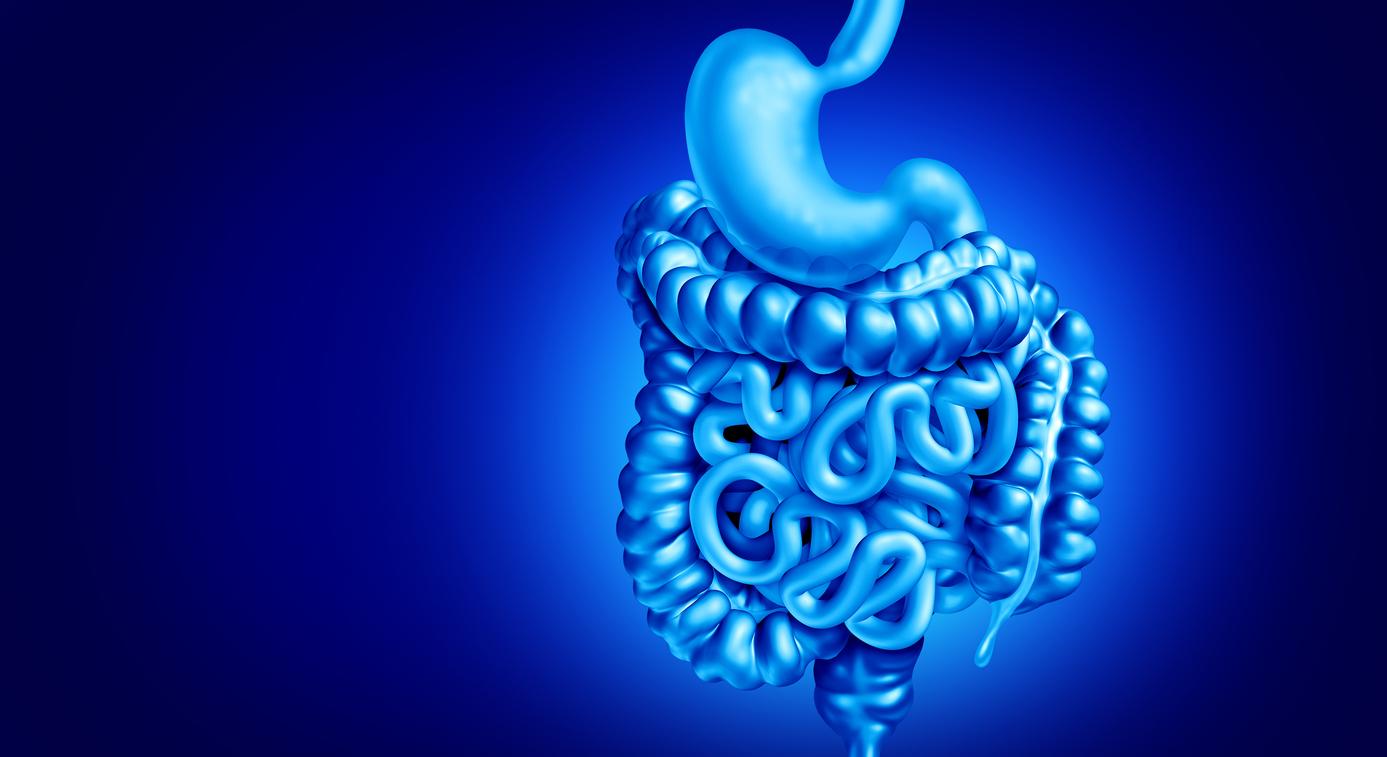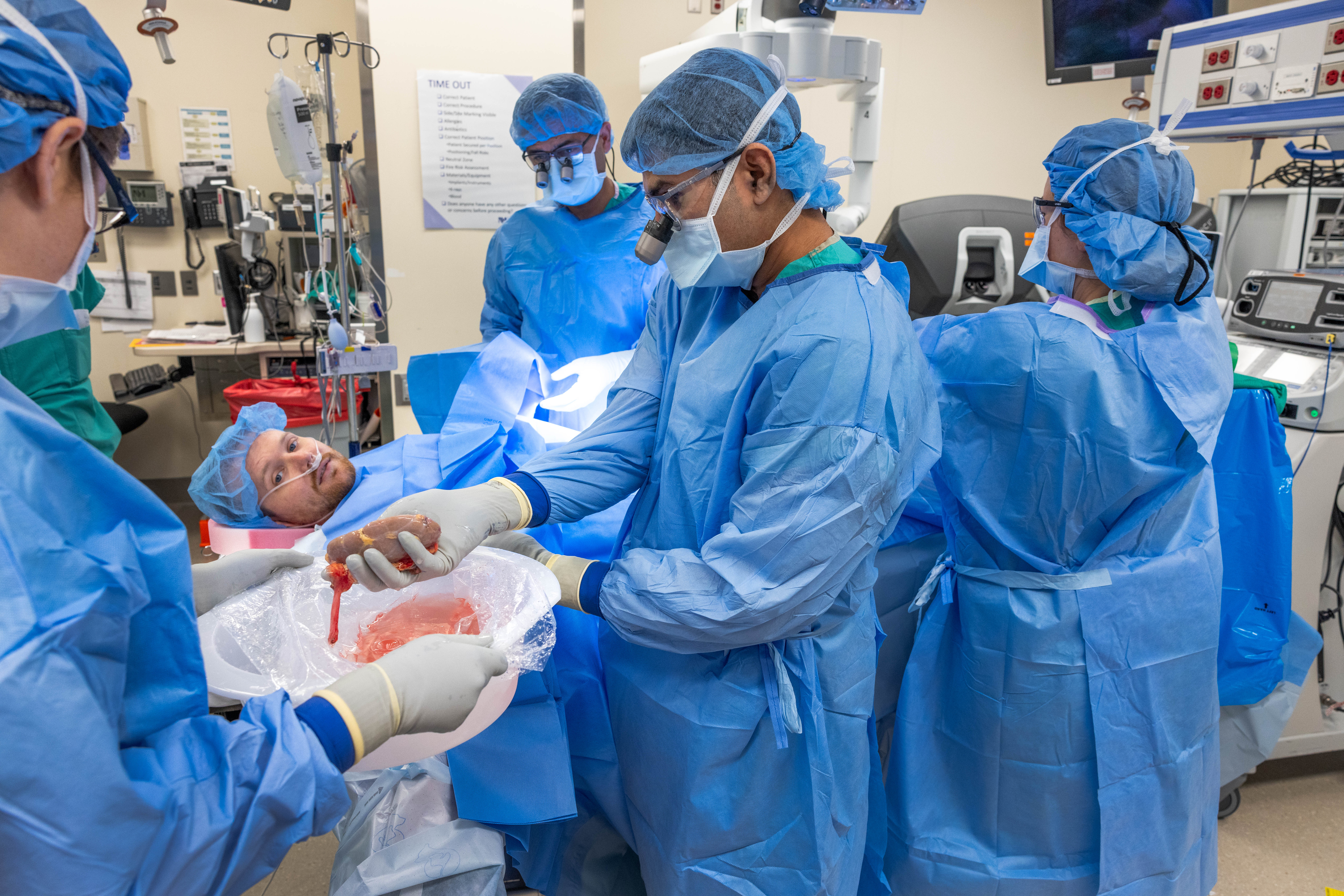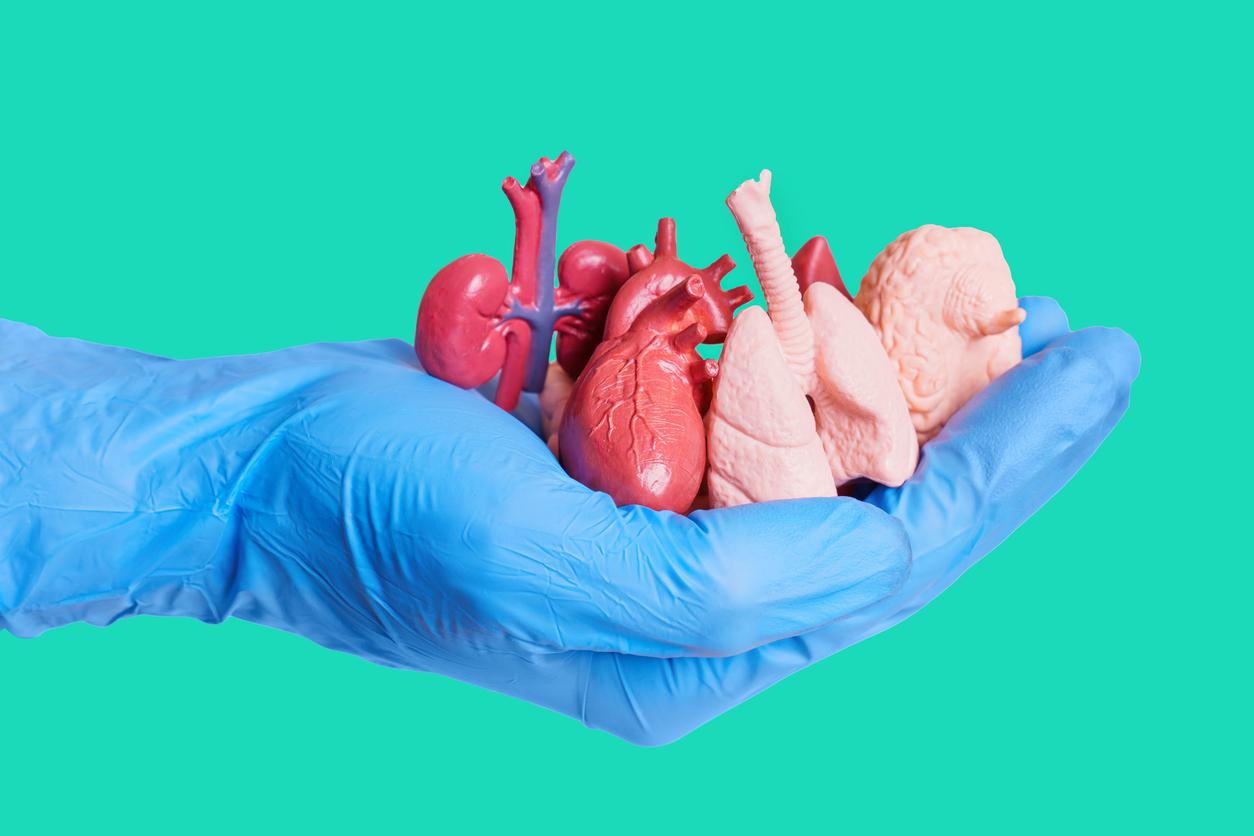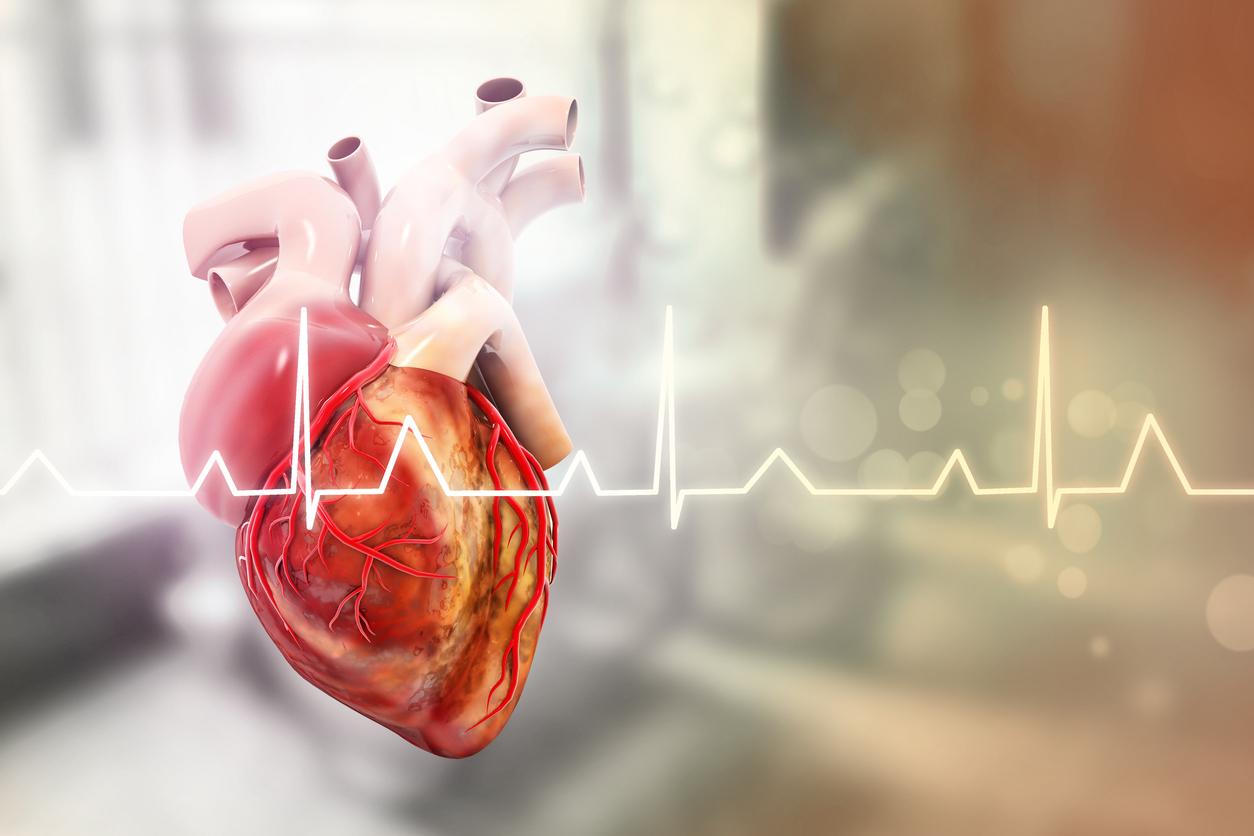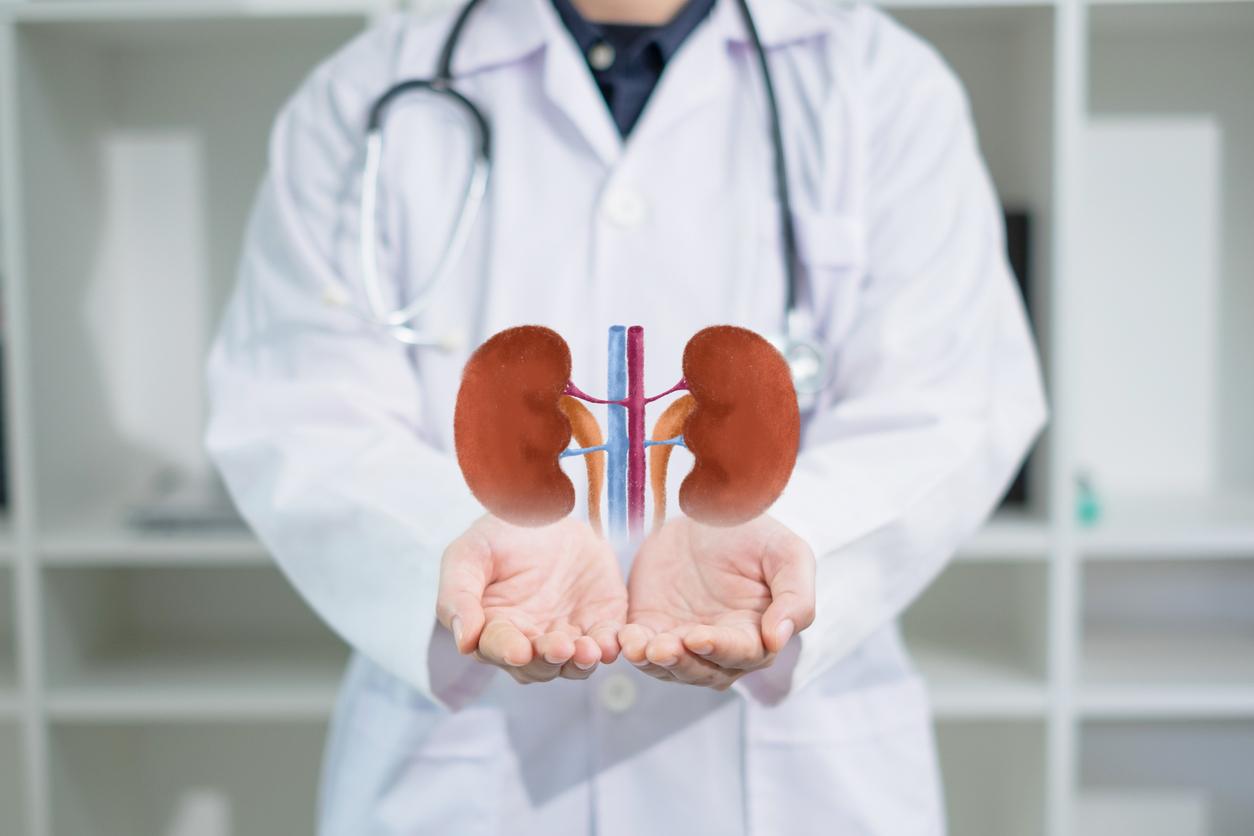Using 3D printing, American researchers have created a functioning heart valve made with collagen. This technique represents real hope for all people awaiting a heart transplant.

Fifty-two years ago, the first heart transplant took place in South Africa. This is a surgical operation consisting of replacing the diseased native heart with a healthy heart taken from a donor. Today, with 3,500 heart implants performed each year worldwide, the number of transplant recipients is stagnating while the needs are increasing. This is why Israeli researchers made headlines in April when they announced that they had succeeded in making a prototype of a 3D human heart from human tissue. However, he was unable to pump.
Today, researchers from Carnegie Mellon University in Pennsylvania (USA) have taken the research further by successfully creating an operational valve from collagen. This announcement was made this Friday, August 2 in the magazine Science.
When previous attempts at printing had failed due to poor tissue reproduction and low resolution, they researchers thought of using collagen. The latter is an ideal material since it is found in all tissues of the human body, explains the study. After initial gelatinous results, scientists managed to solidify it using rapid changes in PH. “This is the very first version of a valve, so whatever product we design will get better and better,” says Adam Feinberg, one of the paper’s co-authors. “What we have been able to show is that it is possible to 3D print a heart valve from collagen and that it works”, he says with satisfaction.
467 heart transplants performed in France in 2017
“I think in the short term, it’s probably fixing an existing organ, like a heart that suffered a loss of function after a heart attack or liver breakdown,” Feinberg says. But before their tool hits the market, the researchers will first need to carry out trials on animals and then possibly on humans.
Either way, this finding represents real hope for the many patients waiting for a heart transplant around the world. In France, where 467 heart transplants were performed in 2017, the majority of patients on the heart transplant waiting list are transplanted in the year following their registration, assures the site dondorganes.fr.
Many possible complications after an organ transplant
“Furthermore, thanks to the implementation of super-emergency rules, it is possible to register the most seriously ill patients on a national priority list which puts them at the top of the list for four days. On the 2009- 2014, 50% of patients on the waiting list were transplanted after 4 months”, it is specified.
But this operation is not without risk. If the probability of survival today reaches almost 90% with a lifespan often exceeding ten years, many complications occur for most people who have received organ transplants, whatever their nature.
It thus happens that transplant recipients suffer from infectious complications, induced by the surgery or by the immunosuppression caused by the treatment. It can also lead to cancer, the leading cause of death in transplant recipients whose transplant dates back more than five years. Finally, in the months following the operation, the recipient sometimes rejects the graft.

.









